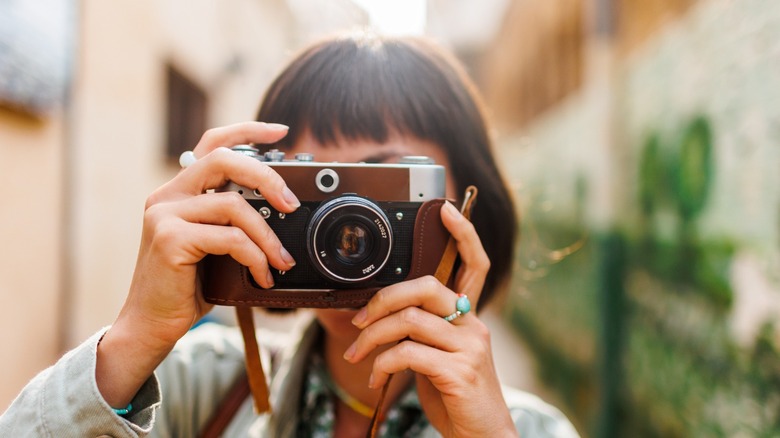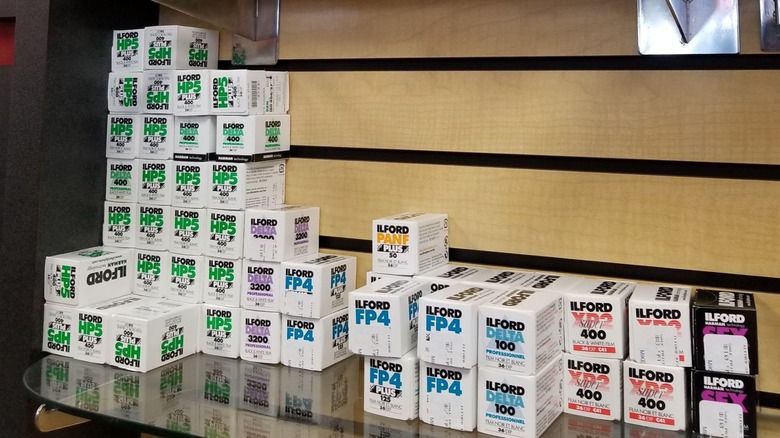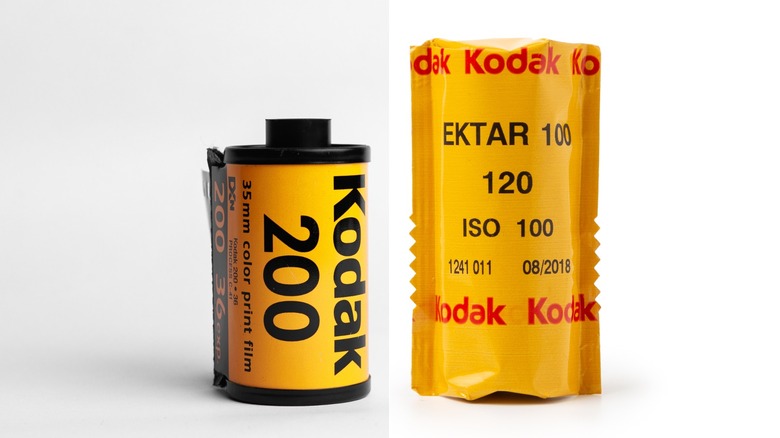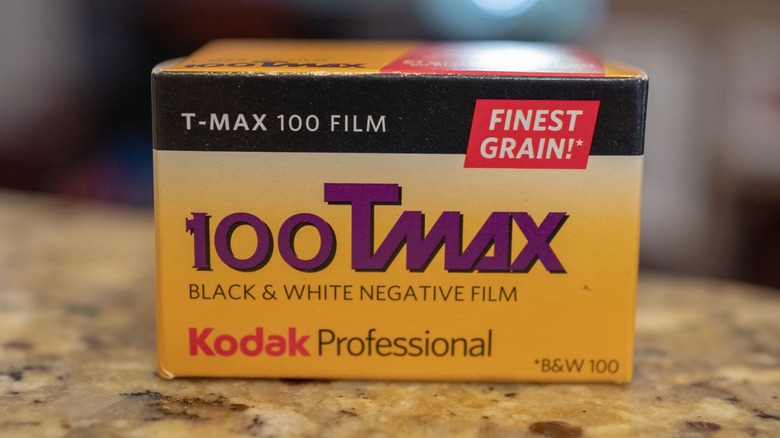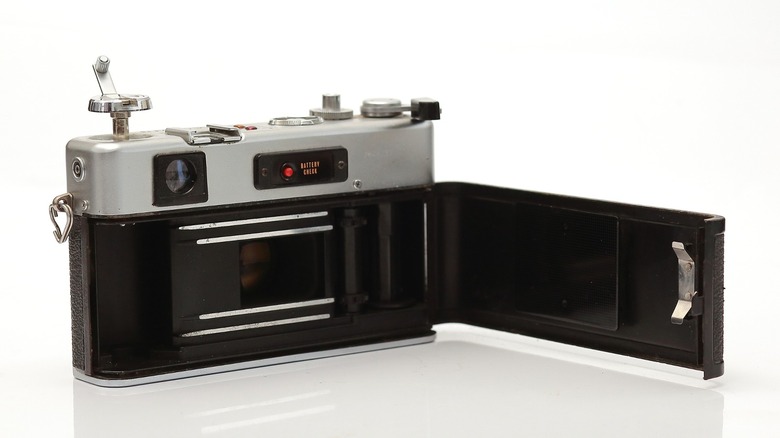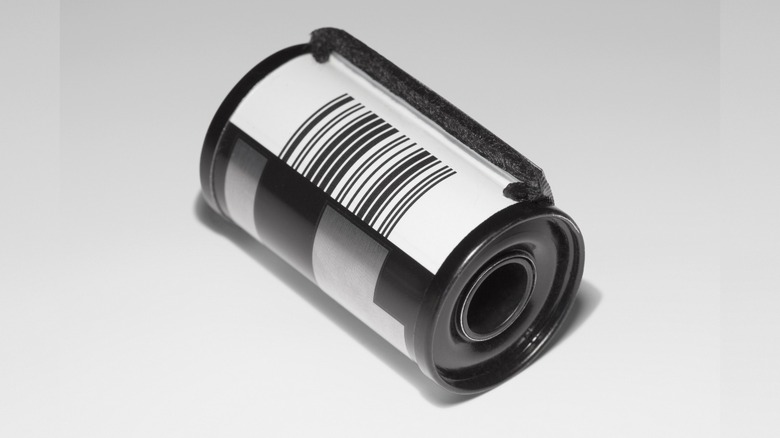Mistakes Beginner Photographers Make When Working With 35mm Film
We may receive a commission on purchases made from links.
Film photography has exploded in popularity in recent years, with many old film cameras making a big comeback. If you're one of those who are interested in taking up film photography, you might think that it's just as easy digital photography, where you just buy a camera, load it up with film, and start shooting.
While it could be as easy as that, especially if you have a more recent film camera with automatic capabilities, you still have to consider that you're using a different medium — analog film instead of a digital sensor. That means there might be some nuances that you have to get used to, even if you already have experience shooting with digital SLRs or mirrorless cameras.
So, before you pick up an old camera and some rolls of film to shoot outside, here are some mistakes that you should avoid. I've made some of these mistakes myself, and they could be costly, especially as film stocks can be a bit expensive.
Not having spares
One of the biggest mistakes that I had when I was a new photographer was not having a spare. Whether you're a film or digital photographer, it always pays to have a spare battery, especially if your camera uses a proprietary one. Even though film cameras typically don't use as much power as a digital camera, it still pays to have a spare battery many of them use special types of batteries that aren't readily available in your nearest convenience store.
One more thing you should remember is to have spare roll films. We usually don't think about this anymore with digital cameras, especially as you can pop in a 64GB SD card into your mirrorless or DSLR and have space for over 10,000 photos. But you must remember that a single roll of film only has 36 shots. You can easily go through one, two, or even three rolls spending one hour taking photos, so I usually recommend bringing at least five to ten rolls.
This loadout will give you about 180 to 360 shots, meaning you don't have to be as conservative with your images, giving you freedom to experiment. Nevertheless, this still isn't as many as the thousands of pictures you can store on a single SD card, so you'll still have to think about every shot that you take with your film camera.
Getting the wrong film or incorrectly loading it
If it's your first time looking at film camera, you must know that there are two kinds of film rolls: 135 and 120. You might be confused as to which film roll you should get, but 35mm cameras use 135 film. On the other hand, 120 film is used for larger medium format cameras, hence its taller size compared to the 135.
So, you should know what type of camera you have (35mm or medium format) before choosing a roll of film. Most film cameras that are about the size of your digital SLR use 135 film, but if you're unsure, it's best to look at your camera's manual, or, if you don't have that anymore, measure its film chamber. If it's around 36mm tall, then it's a 35mm film camera. You have to ensure that you get the right roll of film, or else you won't be able to take pictures at all.
Another thing you should be aware about is the proper loading of film. Most film cameras have a slot on the right slide where you insert the film lead that allows it to pull the film roll. You have to ensure that the film lead fits snugly in that slot, otherwise, you might not realize that your film roll isn't moving inside the camera, causing you to lose all the moments you captured. To avoid getting your film stuck, you advance the film lever on your analog film camera before you close the back so you know that your film roll would advance with every image you take.
Losing your film's ISO tab
Unlike digital cameras, where you can adjust the ISO on the fly, film rolls have a fixed ISO. ISO indicates your film speed, or how sensitive it is to light, that why you should always keep in mind the ISO of the film you loaded on your camera. If you set the wrong ISO, you could end up with wildly underexposed or overexposed photos.
While you might say that you're likely not going to change the ISO of your film roll while you're shooting, it's better to have at least a reminder at the back of your camera as to what film sensitivity you're using at the moment. That way, even if you accidentally change the ISO setting on it, you can easily put it back at the correct setting just by looking at the tab that came in your film roll's back that lists your film's ISO.
Keeping your film's ISO tab also more crucial if you do not plan to develop the entire roll you have on your camera. For example, you might have just taken 24 images on a 36-shot roll after an entire day of shooting. This means you still have room for eight photos, and you might want to save it for tomorrow. If you pack up your camera and lose the ISO tab, you might forget if the last roll you loaded is ISO 100 or ISO 400. Some camera manufacturers have thought of this, that's why some cameras have a small, windowed slot at the back that's designed to take the ISO tab. That way, you'll always know the sensitivity of the film you have loaded.
Opening the camera back with film still loaded
This was a common mistake back when many people were still using film, especially if they have the habit of loading new film every time they start shooting, or if they were unable to fully retract the current film they have loaded. Since film is sensitive to light, you will lose the image recorded on it if you inadvertently expose it, like opening the back of your camera without rewinding it into the cartridge.
This is particularly heartbreaking, especially if you know that you have several great shots in them, or if you have some once-in-a-lifetime images on the roll. So, to avoid this, you should always ensure that your camera isn't loaded with film before opening it. You can do this by looking at the window above the camera that tells you how many shots you have taken.
If window doesn't say S or 0, then it probably is still loaded with film, and you should rewind it first before opening the back. Some newer film cameras also have a window at the back that you can look at to see if there's a film cartridge still loaded inside it. That's why it's also good practice to always rewind and remove a film roll from the camera when you're finished with it, to avoid accidental exposure and ruining the entire roll of film.
Winding the cartridge all the way back when finished
This isn't really a mistake if you send your film to a lab for processing or if you have tools like this $10 film retriever. But if you like developing your own film and don't have a film retriever picker yet, you should be careful when you're winding your film. That's because it can be a pain to get the film lead out manually if you wind it all the way back.
If you have an automatic film camera with a motorized winder, then you likely have no choice but to let the film retract fully into the cartridge. But if your camera requires you to manually wind your film back, you can do it carefully and wait until you hear the film lead disengage from the camera's internal spool. When that happens, you know that you've wound back the cartridge enough that you won't accidentally expose your shots.
These are some of the mistakes that you should avoid when you're a first-time film photographer. I'll admit that I've learned some of these the hard way — through experience. So, you should keep these things in mind as you take your new film camera out for a few shots.
